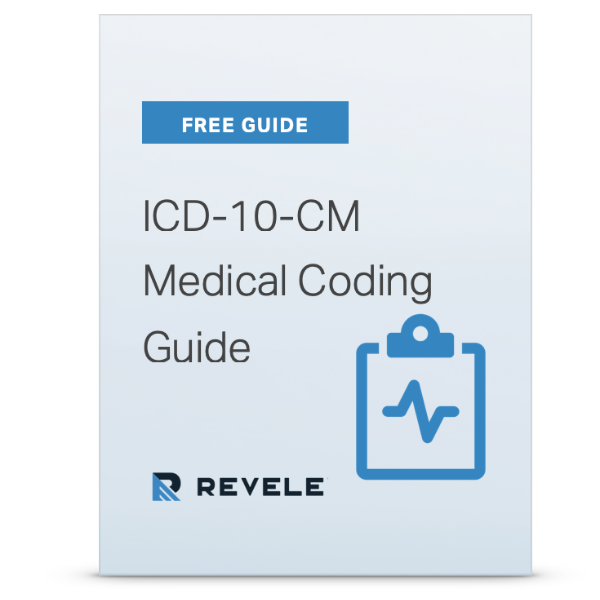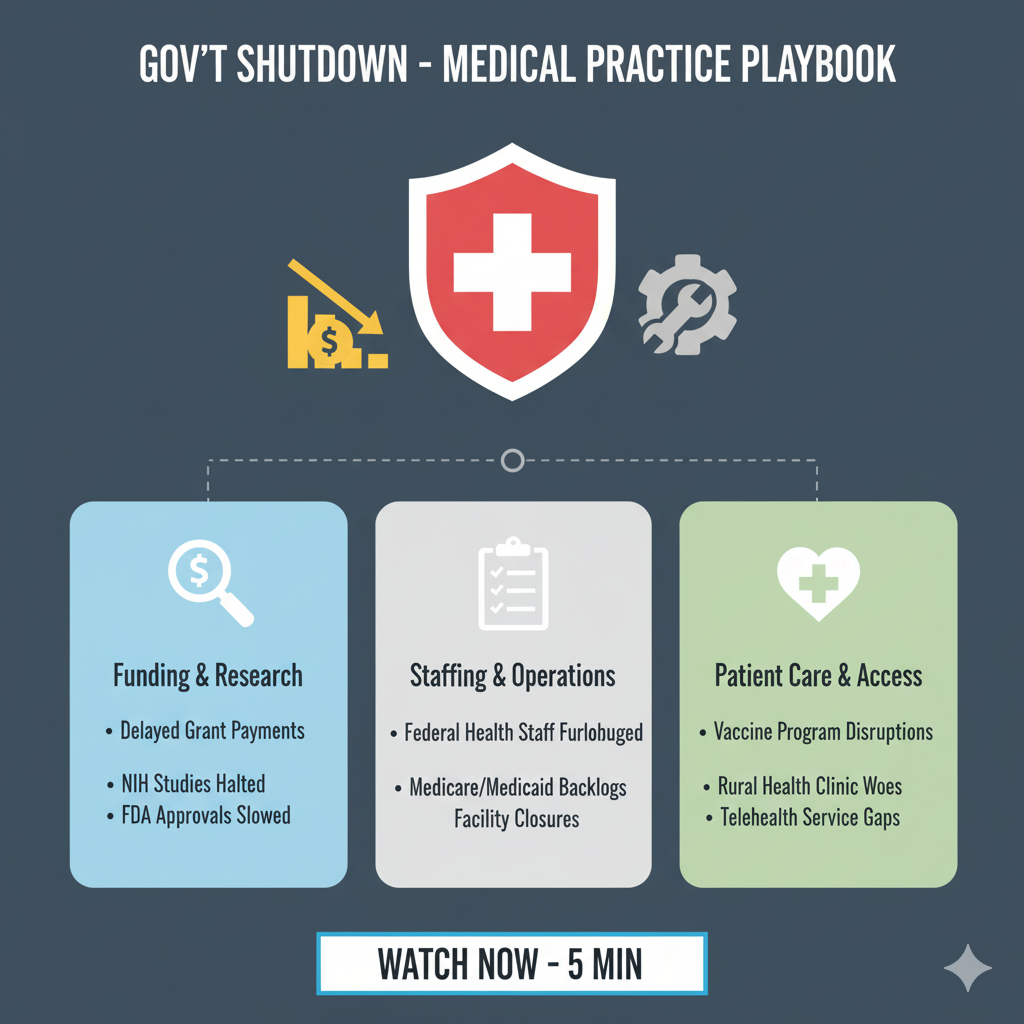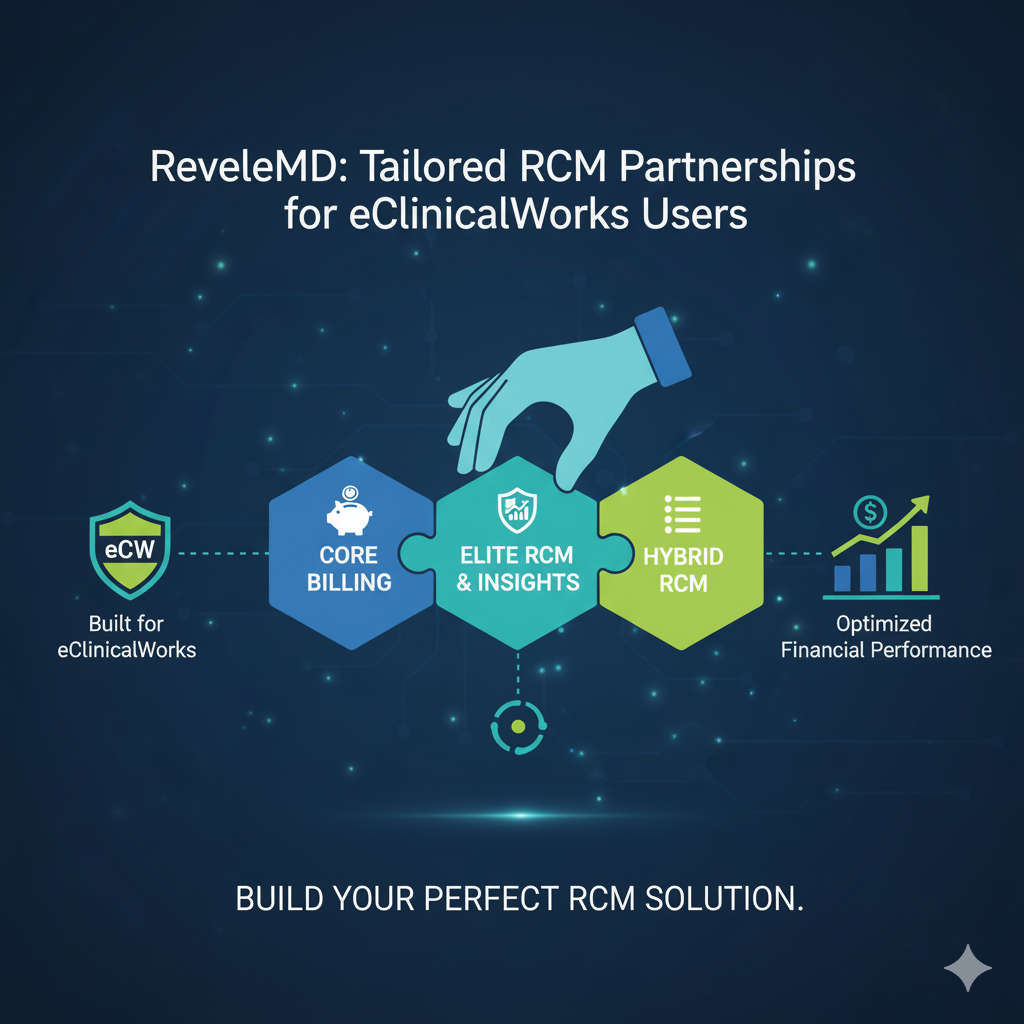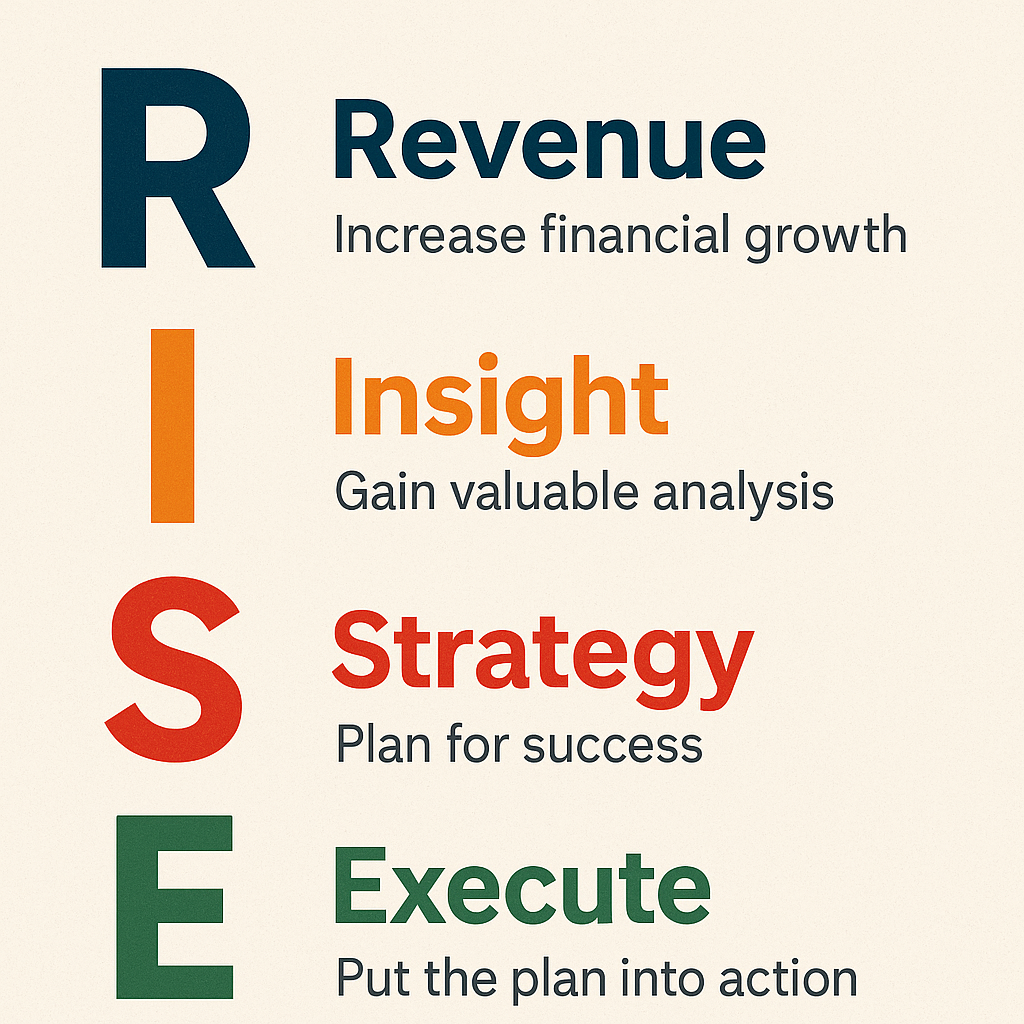With the increasing number of high-deductible health plans, optimizing your revenue cycle management for patient pay collections is no longer a matter of if, but when. These 12 eye-opening patient pay and healthcare payment market statistics are sure to convince you that focusing your revenue cycle efforts on patient pay collections is worthwhile.
Check out Revele's revolutionary new patient pay platform REVELE Pay.
Typical results when practice switches to REVELE Pay:
-
-
-
- Decrease patient bad debt by 50-70%
- Increase patient net collection rate to 86-95%
- Reduce patient revenue collection to an average of 12.6 days
- Decrease statement costs by 80%
- Reduce billing-related patient calls by almost 80%
- Patient satisfaction rating of 95%+
-
-
Below are 12 key statistics that sum of the challenge of patient pay collections and the changing healthcare payment market.
1. Out-of-pocket costs for patients has increased by 230 percent in the previous 10 years, according to a recent study from InstaMed.
2. 40% of Providers fail to collect over $31,713 a year from patients.
Not to mention that according to recent studies, approximately 25%-30% of all medical practice income is lost due to incorrect coding, under pricing, missed or never submitted charges, and nonexistent or improper follow-up. If you are also failing to collect from your patients, optimizing your revenue cycle management operations should be a priority.
Start by running these 5 reports to assess your practice's revenue cycle management performance.
If you'd like a second opinion, we can help. Click here to request a medical billing analysis and we'll help you identity missed revenue opportunities.
3. Kaiser Family Foundation reports the average annual out-of-pocket costs per patient rose almost 230 percent between 2006 and 2015.
As out-of-pocket costs increase, your practice needs to be prepared in the case that some accounts are sent to collections. Here's how to choose the right collection agency.
4. Given the choice of a high-deductible option, about 41 percent of employees chose HDHPs, according to Benefitfocus.
5. InstaMed's Sixth Annual Trends in Healthcare Payments study states that 28% of Providers do not know how much in patient collections they write off each year.
Unsure of how much you're writing off in patient collections? Contact us and we'll run a free analysis based on your practice management reports to let you know. We'll also give you some actionable advice on how to improve your patient pay collections.
6. The same study reports that from 2011 to 2014, the number of consumer payments to healthcare providers increased 193 percent.
With more and more of the financial responsibility of healthcare being placed on the patient, it's important to offer convenient payment methods. Offering payment plan options and online payment portals can help increase the number of payments your practice receives from patients. Learn more about how to get started with offering payment plans here.
7. A recent poll conducted by the Kaiser Family Foundation and New York Times points out that difficulty paying medical bills makes people more likely than their peers to negotiate prices or shop around for healthcare.
However, 69 percent of those with medical bill problems who shopped around for a lower price said it was difficult to learn how much they would have to pay. Similarly, 67 percent of those who tried to negotiate price with a provider said their efforts were unsuccessful.
8. Since 2000 U.S. hospitals have provided more than $502 billion in uncompensated care expenses, according to a report by the American Hospital Association.
Patient payments are a vital part of revenue cycle management, but when patients fail to take financial responsibility, doctors and their practices take a hard hit. Click here to head over to one of our blogs on how you can make sure patients with high deductible health insurance plans pay their bills.
9. InstaMed cited 72% of providers claiming patient financial responsibility and collections as their top healthcare revenue cycle management concern in 2016.
Not only do statistics show that 81% of self-pay net revenues go unrecovered but that self-payers default at a rate of 30% or more. Therefore it can cost twice as much to collect from a patient as it does from a payer. Click here to learn how you can solve some of the biggest problems with self-pay patients.
10. Only 20 percent of providers use a credit card on file for patient collections as of February 2017, according to a recent Navicure survey.
Ten years ago most practices wouldn't even consider a credit card on file program. Today, a CCOF program is becoming standard practice. Healthcare clinics might be slow to adopt but while collecting credit card information upfront gains in popularity in other industries and storing payment information online proves to be convenient (and secure) for consumers, practices are taking notice. Benefits of a CCOF program include a reduction in AR anywhere between 32 and 45 days, a faster patient check-in process, and fewer patient statements which in turn saves you time and money. Check out one of our posts on how to get started with a CCOF program here.
11. 73% of providers report it takes one month or longer to collect from patients according to a recent study from InstaMed.
Sending statements for collection can take up many hours for accounts receivable (AR) and too often, payments end up in collection after 120 days. Implementing a credit card on file program can reduce AR days and make it more convenient for patients to pay their bills.
12. Insurance deductibles have increased by 255 percent since 2006. The average health insurance premium for family coverage has increased by 83 percent since 2005, according to The Kaiser Family Foundation.
end-to-end rcm solution
Demand more from your revenue cycle.
Our integrated solution brings together robust data, intelligent claim handling, and performance consulting to guarantee a 10% increase in cash flow.








